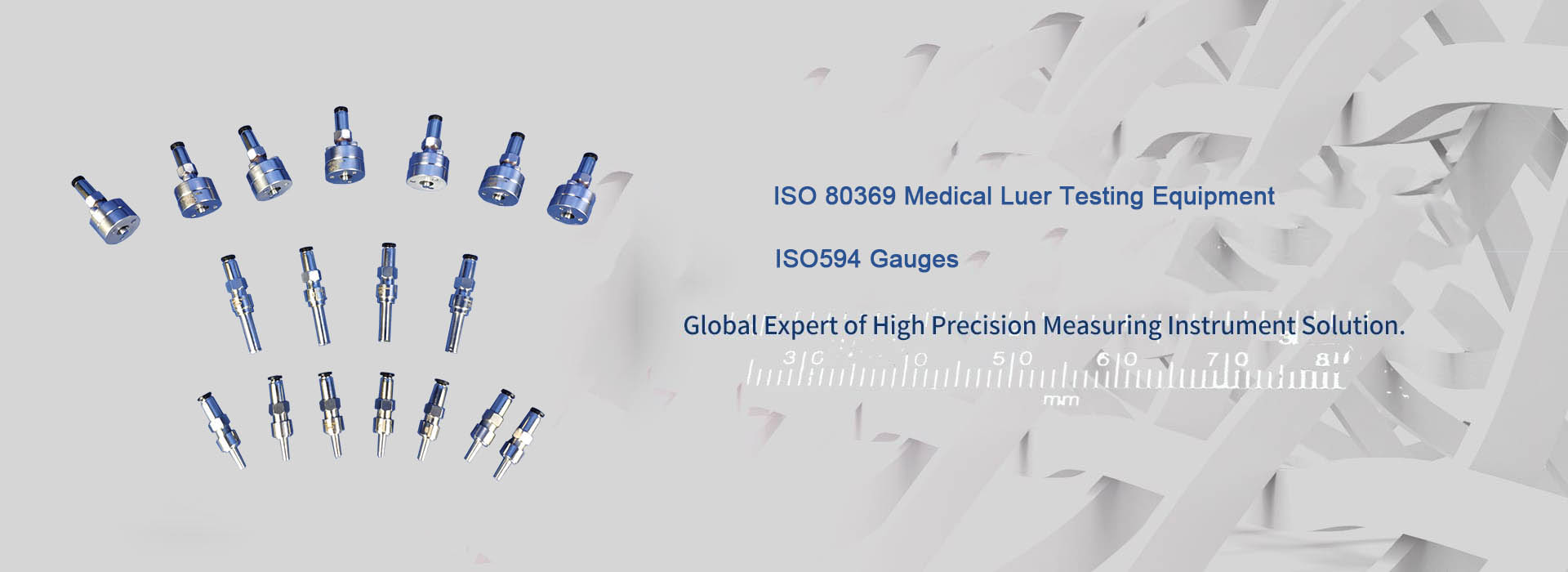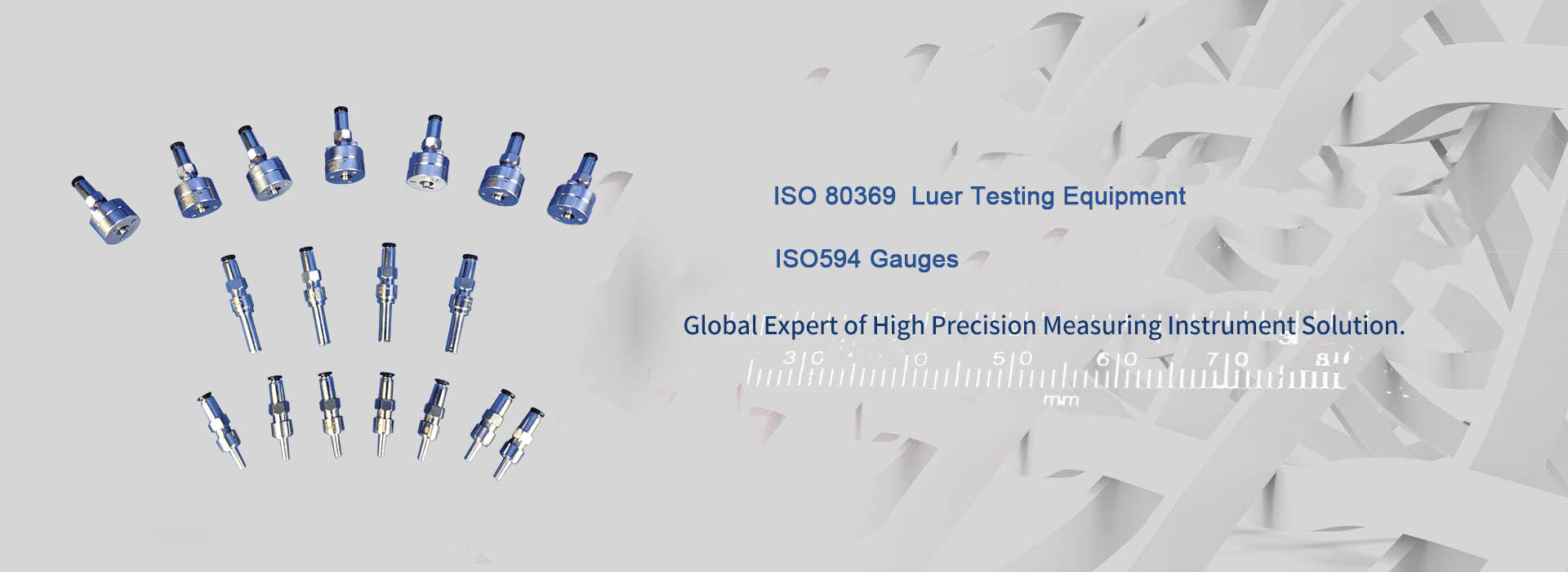Essential Electronic Testing Equipment List and Its Applications
In the realm of electronics, an extensive list of testing equipment is indispensable for guaranteeing product reliability, safety, and operational efficacy. This compilation encompasses a diverse array of tools tailored for the assessment of electronic circuits, components, and systems. From hobbyists to engineers and professionals, familiarity with the range of available equipment and their respective applications is vital for successful testing and effective troubleshooting. This article aims to underscore the significance of an electronic testing equipment list, outline four fundamental requirements for effective testing, and delve into the uses of each type of equipment.

First and foremost, precision and accuracy are paramount in electronic testing. Ensuring reliable and consistent measurements necessitates the use of appropriate tools. Key factors for achieving high precision include:

Calibration: Regular calibration of instruments like multimeters, oscilloscopes, and signal generators is crucial for maintaining accuracy.

High-Quality Probes: The quality of probes significantly affects measurement accuracy. High-quality probes with minimal resistance and capacitance are advisable.
Low-Noise Equipment: Utilizing low-noise devices such as differential amplifiers and filters can help minimize interferences and enhance accuracy.
Versatility is another crucial aspect of electronic testing. Different circuits and components require various testing methods and equipment. To achieve a versatile testing setup, consider the following:
Diverse Equipment: A comprehensive list should include a range of devices like multimeters, oscilloscopes, function generators, and network analyzers.
Modular Design: Modular equipment allows for easy upgrades and replacements, ensuring the testing setup remains current.
Compatibility: Ensuring compatibility with various electronic circuits and components is vital for efficient and effective testing.
Safety is of utmost importance in electronic testing. To prevent accidents and ensure the well-being of users and equipment, consider the following:
Overvoltage Protection: Electronic equipment should be equipped with overvoltage protection to safeguard against voltage spikes.
Grounding: Proper grounding is essential to reduce the risk of electrical shocks and ensure accurate measurements.
User-Friendly Design: Equipment with intuitive interfaces and safety features can prevent accidents and ensure safe operation.
Maintaining and repairing electronic testing equipment is vital for ensuring its longevity and optimal performance. Key considerations include:
User-Friendly Maintenance: Equipment should be designed for easy maintenance, with accessible components and clear instructions.
Manufacturer Support: Access to manufacturer support, including technical assistance, spare parts, and repair services, is invaluable.
Training and Certification: Proper training and certification can prevent accidents and ensure efficient testing processes.
In summary, a comprehensive electronic testing equipment list is crucial for effective testing and troubleshooting in electronics. By meeting the requirements of accuracy and precision, versatility, safety, and maintenance, users can ensure their testing processes are efficient, reliable, and secure. Furthermore, incorporating new research and data, such as advancements in equipment calibration technology or the impact of machine learning on testing efficiency, can enhance the depth and breadth of this discussion. This approach will provide a more innovative and comprehensive understanding of electronic testing equipment and its applications.
- KINGPO will meet you at the 92nd China International Medical Equipment (Autumn) Expo in 2025
- Fatal mistakes in IPX9K waterproof test: nozzle size and water temperature control, the truth you must know
- ISO 80369-7 Luer Gauge Checklist
- ISO 80369-7:2016 Connectors with 6% (Luer) taper for intravascular or hypodermic applications What is the ISO 80369-7 standard? What happened to ISO 594-1 and ISO 594-2?
- Saudi Arabian Customer Purchase ISO 80369-7 reference connector and ISO 80369-20 test apparatus from us
- ISO 80369-3 Test Equipment LIst
- Understanding the Importance of Buying a Luer Connection Test Kit
- Understanding ASTM F2059 Fluid Flow Test: A Comprehensive Overview
- Medical Device Pressure Validation: Ensuring Accuracy and Reliability
- Luer Gauge Adapter for Syringes: Enhancing Medical Precision and Safety


